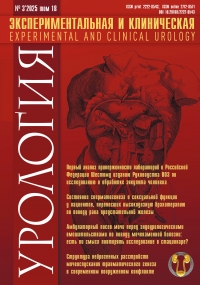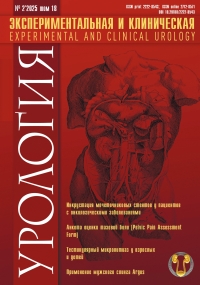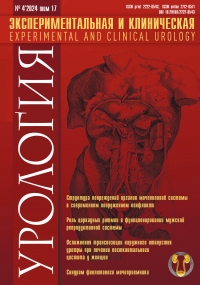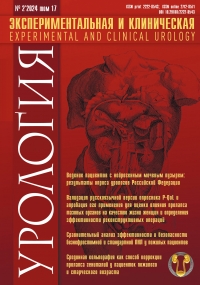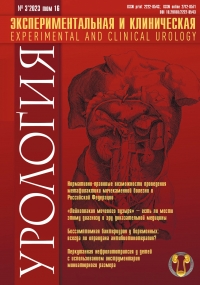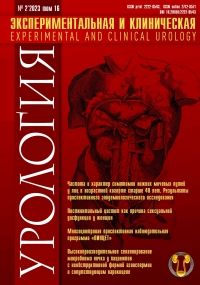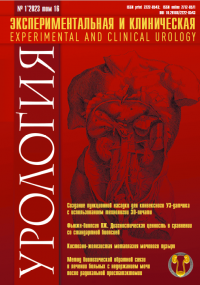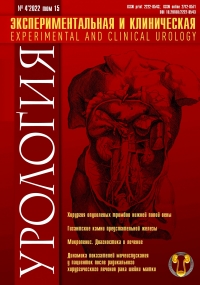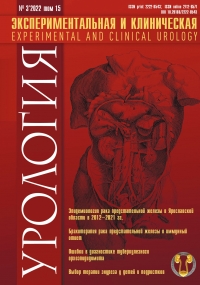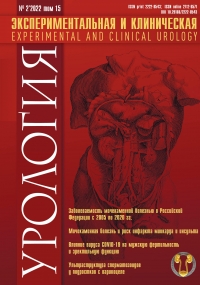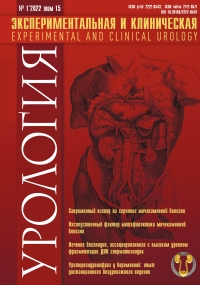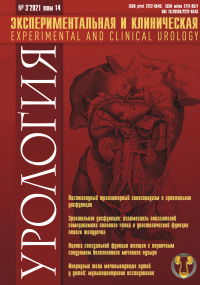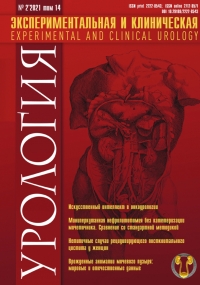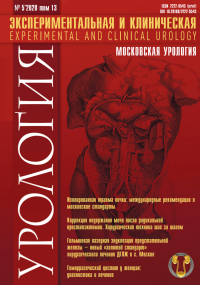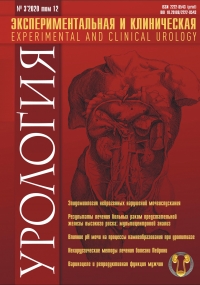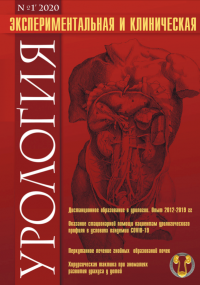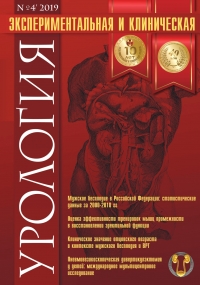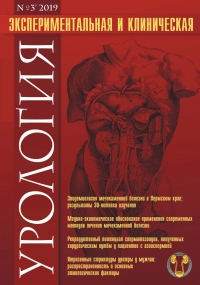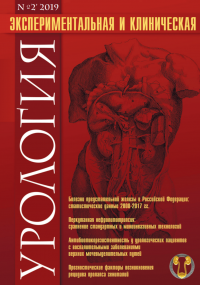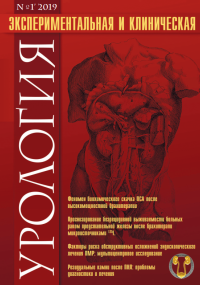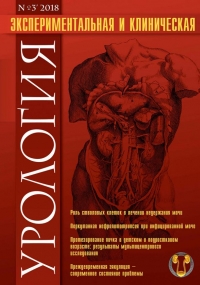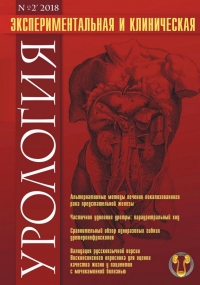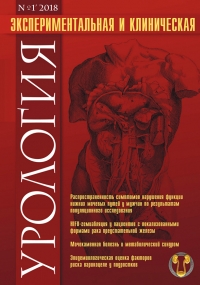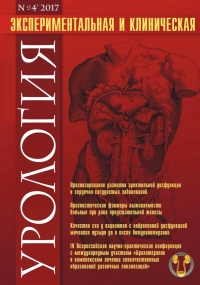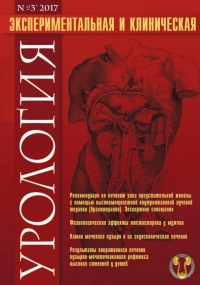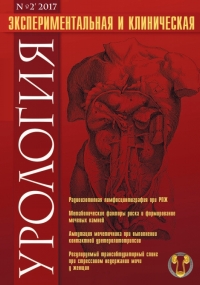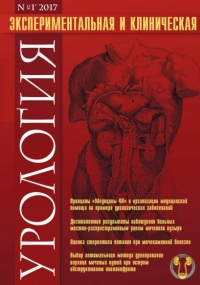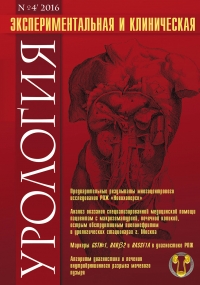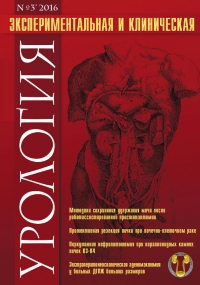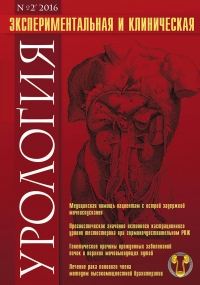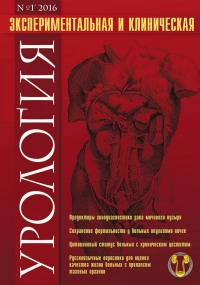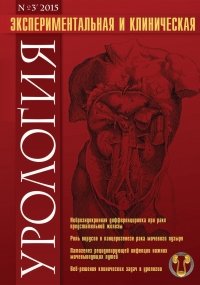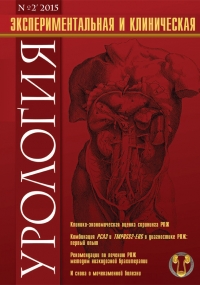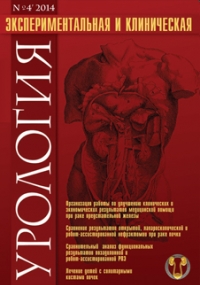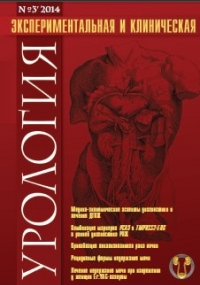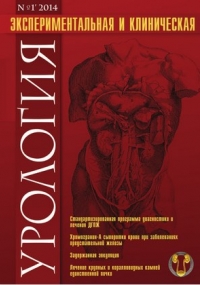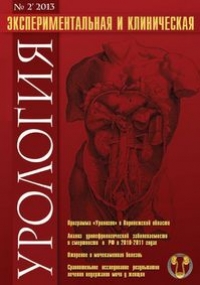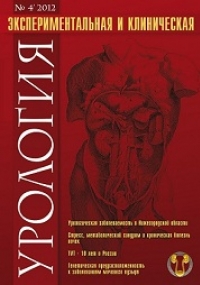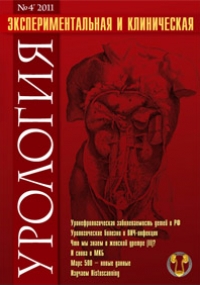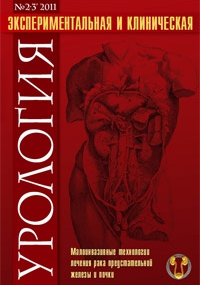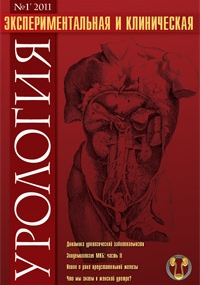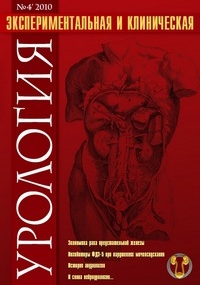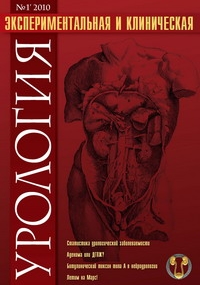Endovascular methods of treatment of postoperative hemorrhagic complications in urology. The experience of the clinic of urology and nephrology of the Belarusian medical academy of postgraduate education DOI: 10.29188/2222-8543-2020-12-3-80-87
- Nitkin D.M. – Dr. Sc., рrofessor, Department of urology and nephrology, the rector of the Belarusian medical academy of postgraduate education, Minsk, Republic of Belarus
- Tarend D.T. – PhD, Head of the Department of urology and nephrology of the Belarusian medical academy of postgraduate education, Minsk, Republic of Belarus
- Karpovich D.I. – chief of the angiography department Minsk Regional Clinical Hospital, Minsk, Republic of Belarus
- Gres A.A. – Dr. Sc., рrofessor, Department of urology and nephrology of the Belarusian medical academy of postgraduate education, Minsk, Republic of Belarus
- Miloshevsky P.V. – chief of the Urology Department No. 1 of the Minsk Oblast Regional Clinical Hospital, Minsk, Republic of Belarus
- Savitsky M.V. – urologist of Urology Department No.1 of the Minsk Regional Clinical Hospital, Minsk, Republic of Belarus
 1199
1199 Introduction. Development and improvement of the diagnostic and treatment methods has significantly influenced the management tactics for a number of urological diseases. The number of performed minimally invasive high-tech procedures for urolithiasis, as well as organ-preserving laparoscopic and robotic interventions for urological cancers has increased. The increase in operative activity led to a more frequent development of postoperative hemorrhagic complications. The arteriovenous anastomoses formation is one of these specific complications associated with a damage of the kidney parenchymal vessels that occur during any surgical procedure.
Materials and methods. Based on the literature analysis, the general information on the renal angiography types, X-ray signs of arteriovenous fistulas observed during angiographic studies, as well as the information on the substances used for embolization is presented. Here is the generalized three-year experience of using selective renal angiography with vascular embolization for the treatment of postoperative hemorrhagic complications caused by arteriovenous fistulas after a kidney surgery.
Results. Four clinical cases are presented. For the treatment of patients with hemorrhagic complications that developed after laparoscopic and open kidney resection for neoplasms, percutaneous nephrolithotripsy and contact ureterolithotripsy, the selective renal angiography with embolization was successfully applied.
Conclusion. The formation of arteriovenous fistulas is one of the reasons for massive gross hematuria after surgery on the renal parenchyma and the pelvicalyceal system. Today, angiography with embolization can be considered one of the most effective methods for diagnosing and treatment of this pathology
| Attachment | Size |
|---|---|
| Download | 6.24 MB |


